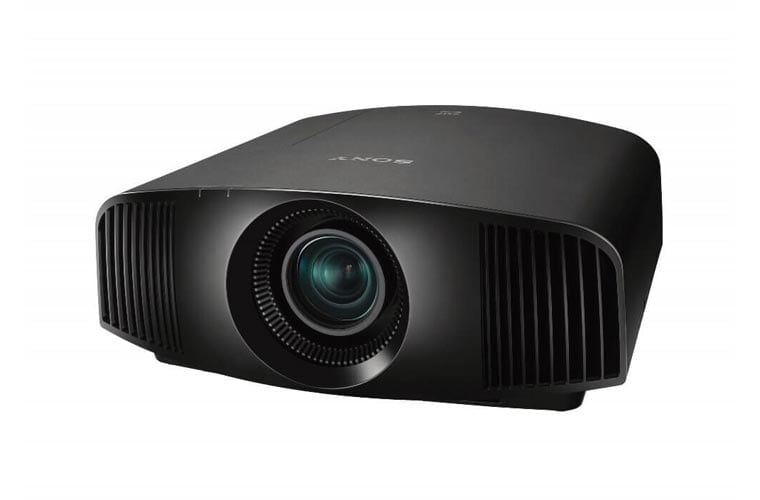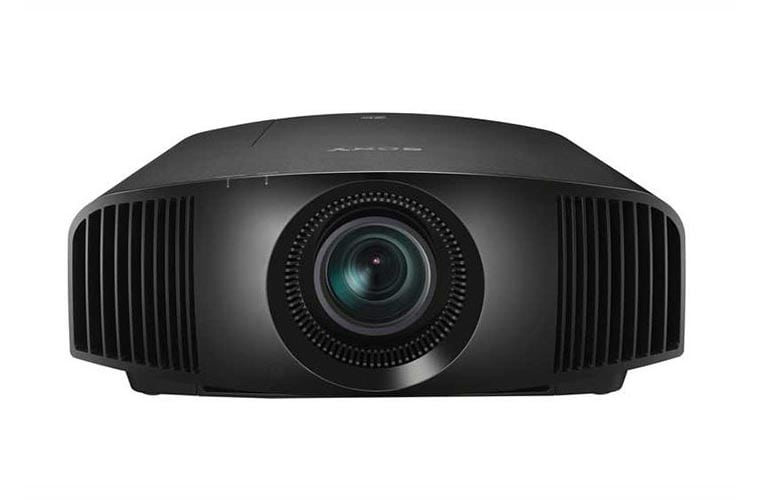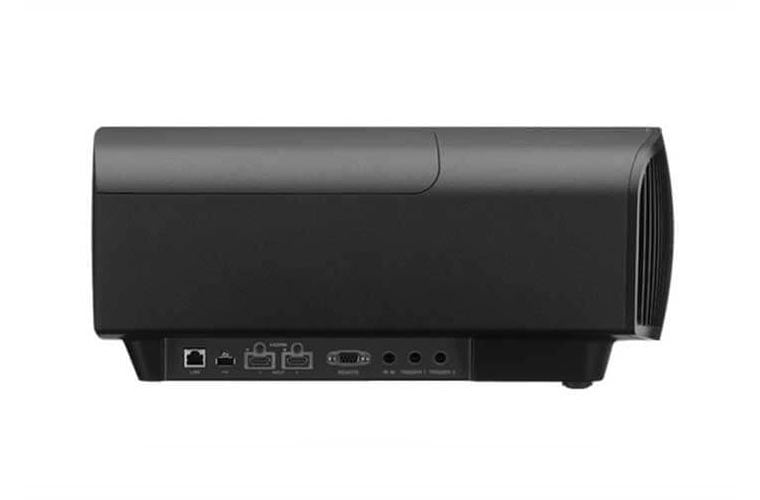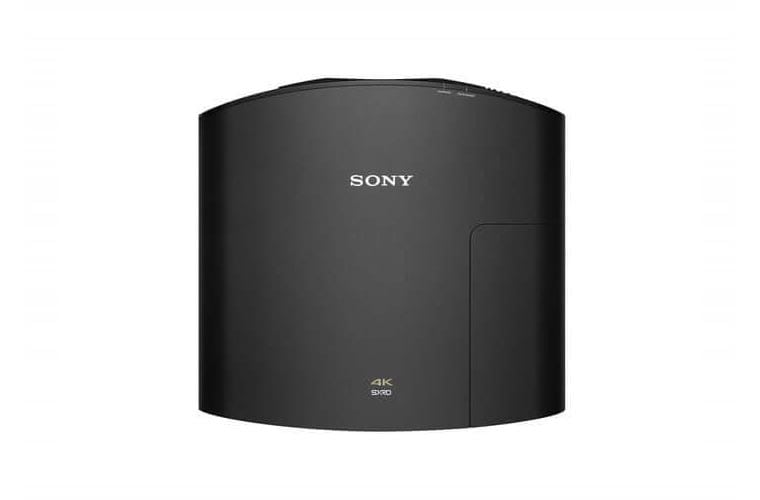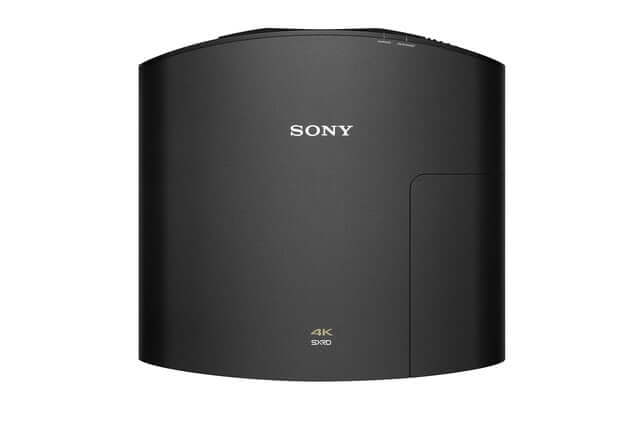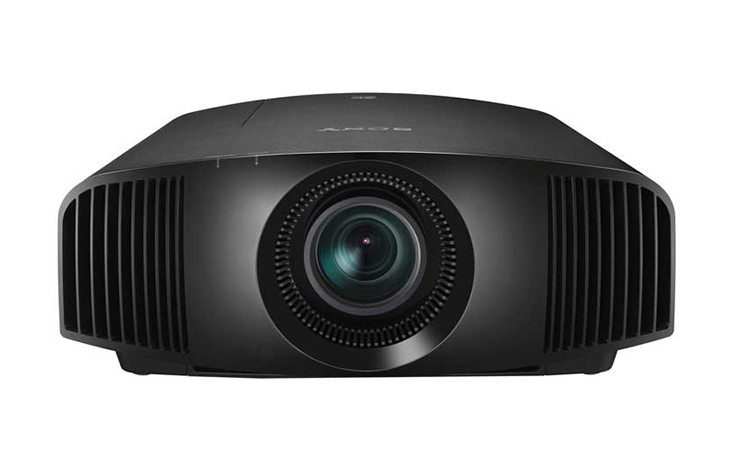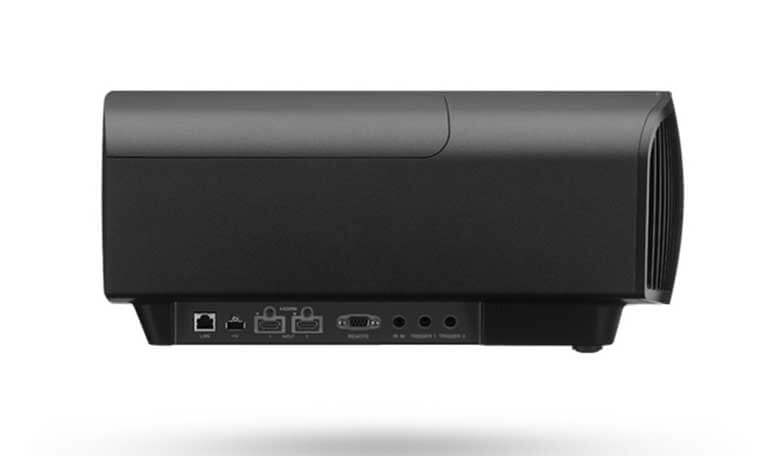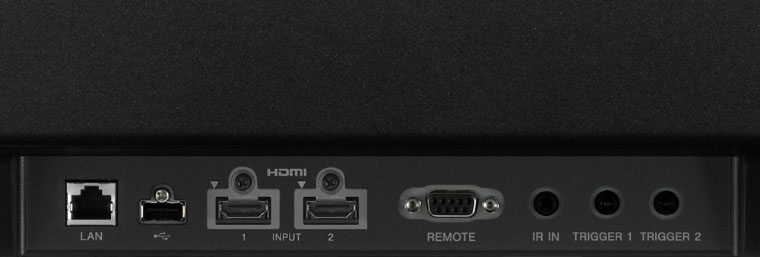From the back to the front:
Closest to the rear is the LAN RJ45 connector for networking. That’s followed by a USB, then the pair of HDMI inputs. They support HDMI 2.0 and HDCP 2.2 copy protection. The HDMI ports handle up to 13.5 ghz, per Sony. That’s not quite as wonderful as the full 18 ghz HDMI on some projectors including Sony’s high end 4K models, but it should be good enough for just about everyone.
These HDMI inputs support 4K HDR BT.2020 content up to 60fps and 8, 10, or 12 bit data. The difference lies with what is called the sub-sampling. There, (and only at 60fps), having 13.5 ghz vs 18 ghz make any difference, and that difference, will be slight, at the very most, and that only if you can somewhere find any 60fps content that has higher than 4:2:0 sampling which this Sony can handle. The Sony does 4:2:0 at 60fps at 8, 10, or 12 bit. By comparison, a full 18 ghz, allows 4:4:4 at 8 bit, 4:2:2 at 10 bit, and the same 4:2:2 at 12 bit. Think of it this way, you would definitely much rather have 4:2:0 at 10 or 12 bit, than 4:4:4 at 8 bit.
I haven’t heard of any streaming that gets close to 60 fps, 10 or 12 bit with 4:4:4, or even 4:2:2, and of course Blu-ray UHD discs aren’t 60 ghz, so the Sony supports the full 4:4:4 at 24, or 30 fps, if only you could find a disc that has any 4:4:4.
Bottom line on the HDMI: Don’t worry about it! This Sony’s 13.5 basically handles everything I’m aware of that exists today, and probably anything around for the next 5 years. And even if someone does produce some of that content, the way things work, the source will “talk” with the projector, and send 4:2:0 at 60fps, because it’s all about devices feeding displays the best signal the display can handle, rather than there being a failure to communicate, and no picture.

